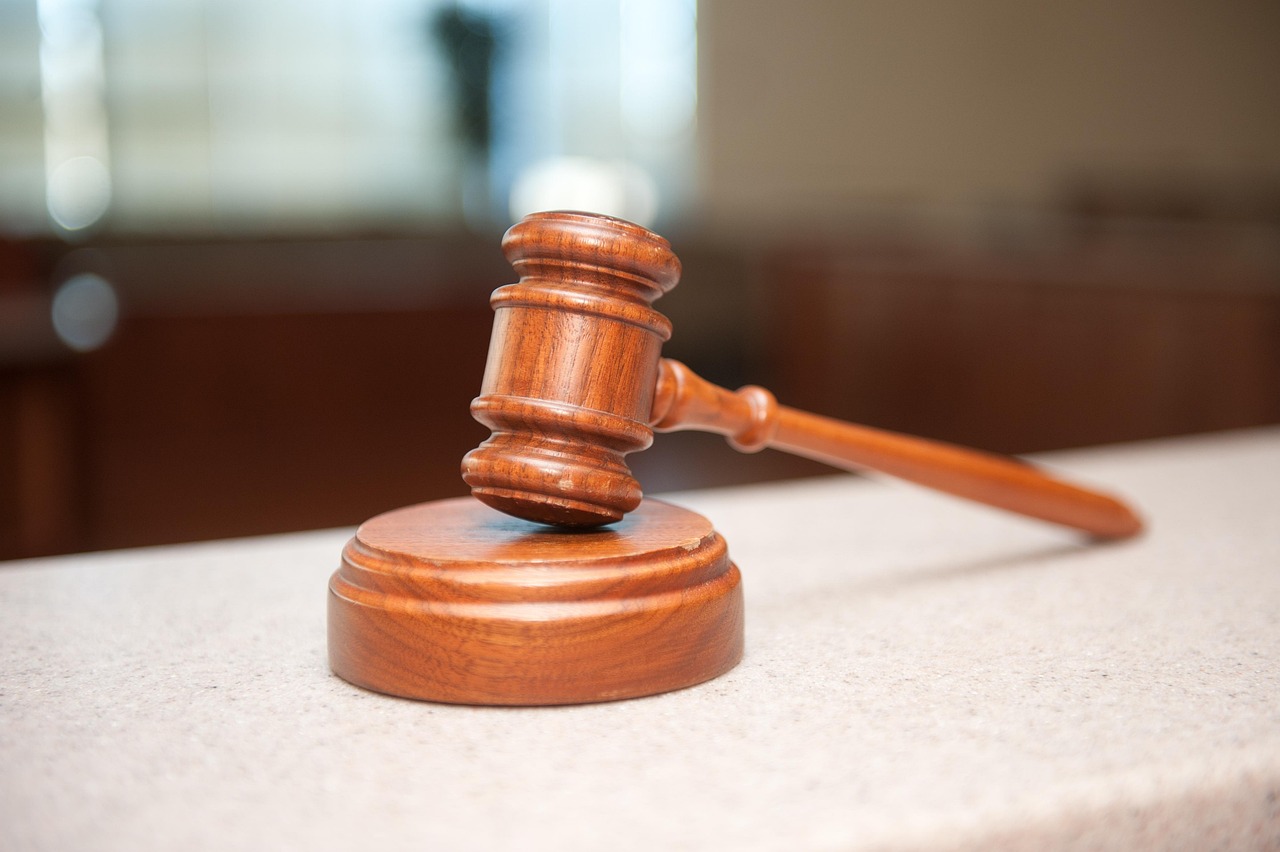Now Reading: The First 48 Hours After a Crash: What to Do Before You Call a Lawyer
-
01
The First 48 Hours After a Crash: What to Do Before You Call a Lawyer

The First 48 Hours After a Crash: What to Do Before You Call a Lawyer
When a car accident happens, the first two days can be overwhelming. Adrenaline, shock, and confusion often mask injuries and cloud judgment, but the actions you take during this window can significantly affect your health, your insurance claim, and any potential legal case. This guide walks you through exactly what to do during the first 48 hours after a crash before you even pick up the phone to call an attorney.
Why the First 48 Hours Matter
The “Golden Period” for Evidence
Evidence at an accident scene is fleeting. Skid marks fade, debris is swept away, and witness memories grow less reliable by the hour. Collecting and preserving evidence promptly can help establish liability and strengthen your case.
Health Concerns Can Emerge Later
Some injuries, such as concussions, soft-tissue damage, or internal bleeding, don’t present obvious symptoms right away. Immediate evaluation by medical professionals can uncover hidden injuries and create a crucial medical record for future claims.
Step 1: Ensure Safety and Prevent Further Harm
Move to a Safe Location
If possible, move vehicles out of traffic to avoid secondary collisions. Turn on hazard lights and set up warning triangles or flares if you have them.
Check for Injuries
Quickly assess yourself, your passengers, and anyone else involved. Even minor crashes can cause whiplash, back injuries, or head trauma. If anyone is unconscious or bleeding severely, call emergency services immediately.
Step 2: Contact Emergency Services
Call 911 and Report the Accident
Even for minor collisions, notifying the police is critical. Officers can secure the scene, direct traffic, and create an official accident report that insurance companies often require.
Request Medical Assistance
If you’re unsure whether you’re injured, err on the side of caution. EMTs can perform initial evaluations and recommend transport to a hospital if necessary.
Step 3: Document the Scene Thoroughly
Take Photographs and Video
Use your smartphone to capture images of vehicle positions, license plates, traffic signals, skid marks, and any visible injuries. Wide-angle shots show context; close-ups reveal details.
Note Weather and Road Conditions
Was it raining? Were traffic lights malfunctioning? These details help recreate the circumstances of the crash.
Collect Witness Information
Get names, phone numbers, and email addresses of bystanders who saw the collision. Witness statements can corroborate your version of events later.
Step 4: Exchange Information Properly
Gather Key Details from Other Drivers
Write down or photograph the other driver’s license, insurance card, and vehicle registration. Confirm contact information on the spot to avoid transcription errors.
Stay Calm and Avoid Admitting Fault
Exchange only necessary facts. Never speculate about what happened or apologize your words could be misinterpreted as an admission of liability.
Step 5: Seek Prompt Medical Care
Why Immediate Evaluation Matters
Seeing a doctor within hours not days establishes a clear link between the crash and your injuries. Medical records serve as crucial evidence for insurance adjusters and courts alike.
Follow Up with Specialists if Needed
Depending on your symptoms, your primary care physician may refer you to orthopedists, neurologists, or physical therapists. Keeping every appointment demonstrates diligence in your recovery.
Step 6: Notify Your Insurance Company
Understand Your Policy’s Deadlines
Most policies require prompt reporting of accidents. Delays can jeopardize your ability to claim benefits under your own coverage, such as medical payments or uninsured motorist protection.
Provide Facts, Not Opinions
Stick to objective information: time, date, location, vehicles involved, and decline to give recorded statements until you’ve consulted legal counsel.
Step 7: Preserve Evidence Beyond the Scene
Keep All Related Records
Maintain a folder (digital or physical) with medical bills, repair estimates, prescription receipts, and correspondence with insurers. These documents show the financial impact of the crash.
Maintain a Personal Injury Journal
Write down daily symptoms, missed workdays, and emotional effects. A contemporaneous record strengthens claims for pain and suffering.
Step 8: Protect Your Digital Footprint
Be Careful on Social Media
Photos or comments you post can be taken out of context by insurance adjusters or opposing counsel. Consider pausing your accounts or tightening privacy settings until your claim is resolved.
Save Any Digital Evidence
If dashcam footage or text messages relate to the incident, back them up immediately. Cloud storage ensures nothing is lost if your phone is damaged or confiscated.
Step 9: Understand the Legal Landscape Before You Call a Lawyer
Statutes of Limitations
Every state sets deadlines for filing personal injury lawsuits. Knowing your jurisdiction’s time limits helps you plan accordingly.
Comparative Fault Rules
Some states reduce compensation based on your percentage of fault. Understanding these rules can help you avoid missteps that hurt your claim.
When to Involve an Attorney
While you’re still in the initial 48-hour window, you don’t necessarily need to retain counsel yet, but you should start researching your options so you’re ready to move quickly if disputes arise.
Step 10: Begin Researching Legal Support
If your injuries are serious, liability is disputed, or the insurance company seems uncooperative, it’s wise to identify experienced counsel early. In Washington State, you can find local representation, such as a Bellevue Car accident lawyer who understands regional traffic laws and court procedures.
Common Mistakes to Avoid in the First 48 Hours
Leaving the Scene Too Soon
Even minor fender benders require a formal exchange of information and, in many cases, a police report. Leaving prematurely can lead to legal penalties.
Accepting Early Settlement Offers
Insurance adjusters may call within hours, offering quick settlements. Signing anything before you know the full extent of your injuries can forfeit your right to fair compensation.
Delaying Medical Treatment
Waiting “to see how you feel” undermines both your health and your claim. Gaps in treatment can be used against you later.
How the First 48 Hours Set the Tone for Recovery
Building a Strong Foundation
Meticulous documentation, timely medical care, and careful communication create a strong evidentiary foundation. This increases your bargaining power with insurers and positions you for a better outcome in any legal action.
Reducing Stress and Uncertainty
Having a checklist for the immediate aftermath of a crash gives you a sense of control during a chaotic time. Knowing you’ve done everything right reduces anxiety about the future.
Preparing for the Next Phase
Gathering Your Questions for an Attorney
Write down your concerns about medical bills, lost wages, and long-term care. Having a list ready makes your initial consultation more productive.
Evaluating Law Firms
Look for attorneys with experience in your type of accident, positive client reviews, and transparent fee structures. Local knowledge of courts and insurance practices can be a significant advantage.
Conclusion: Acting Quickly Protects Your Rights
The first 48 hours after a crash are critical for your health, your finances, and your legal position. By prioritizing safety, collecting evidence, seeking prompt medical care, and understanding the basics of your legal rights, you set yourself up for a stronger recovery and more effective representation. Taking these steps now ensures that when you do call a lawyer, you’re already well prepared.
About the author: Kerry L. Tucker
Early in his journalism college years, Kerry had a revelation: there were not nearly enough law communicators. People’s difficulties in understanding the law, procedures, and how the justice system worked stemmed from the fact that no one took the patience to explain complicated matters to them. Therefore, he took upon himself the task of helping people navigate legal matters easier. He works with attorneys and other legal journalists and spends time researching so that everyone – from a mother whose child got a bike injury to a company needing insurance counsel – to find the actionable answers they are looking for.











